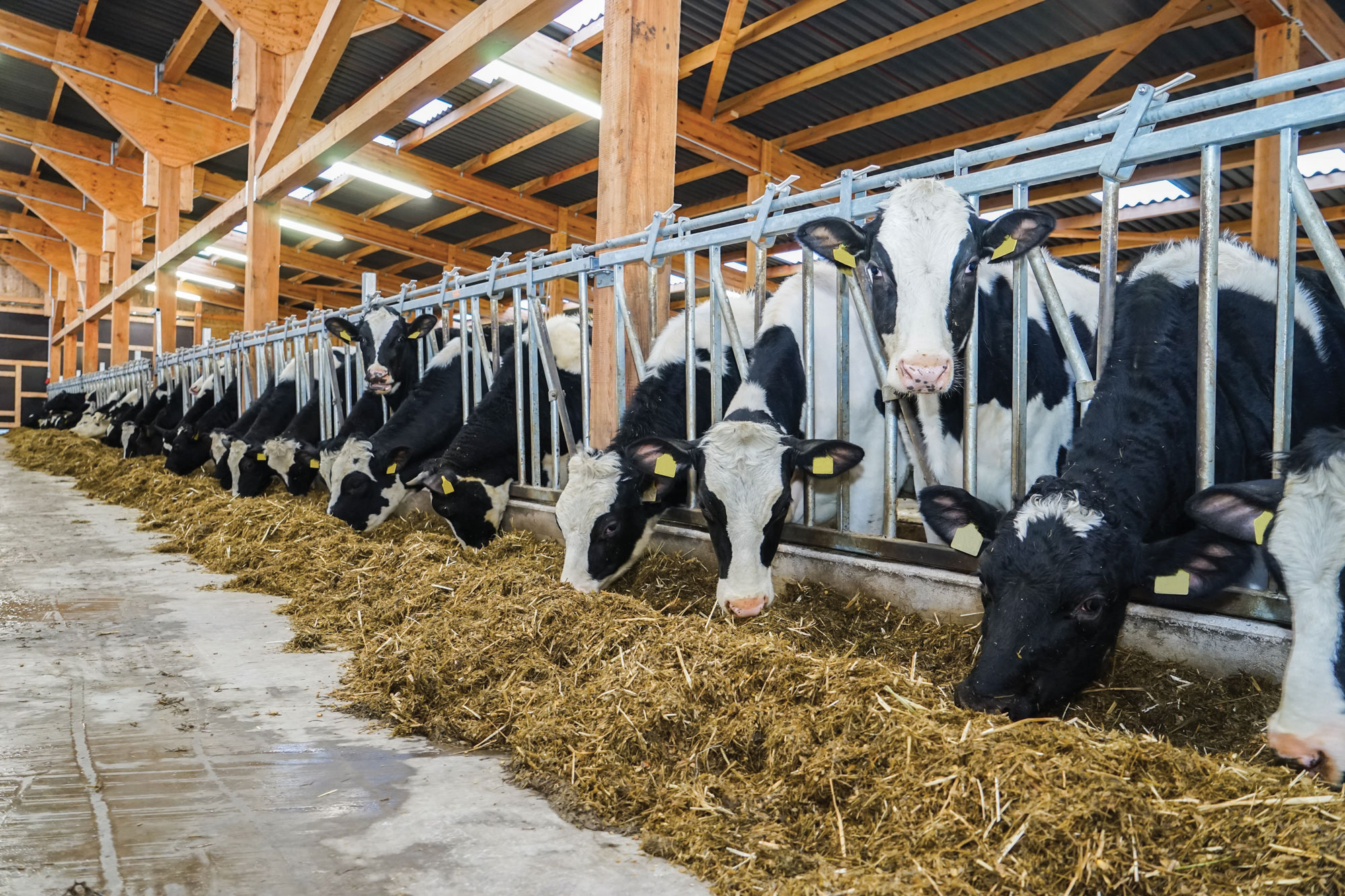
Animal Agriculture Plays Key Role in Missouri
October 17, 2016
Written By Adam Buckallew
The value animal agriculture provides to the state of Missouri extends beyond the raw products leaving the farm gate.
The production of livestock, as well as other commodities, causes ripple effects throughout the economy in the form of employment; production in allied industries; taxes paid to local, state and federal governments; indirect impacts from purchases of input supplies; and induced impacts from household spending throughout the state.
A new report from the University of Missouri Extension Commercial Agriculture Program details how beef, dairy, poultry/egg, swine and other animal production and processing in Missouri provides more than 150,000 jobs, pays $6.2 billion in labor income and generates $11.7 billion in value-added products to the state’s economy. Additionally, Missouri animal agriculture production and processing accounts for $698.7 million in local/state taxes and $1.4 billion in federal taxes.
“This is the first time we’ve aggregated all of the economic contributions of the various Missouri animal agriculture producers and processing facilities within the state,” says Ryan Milhollin, an agricultural economist for the University of Missouri Extension and one of the authors of the report. “In the past, we’ve usually focused on specific industries, but with this report we’re able to show the impact of the industry as a whole.”
The report was compiled by analyzing the economic contributions of Missouri animal agriculture and processing industries at both the state and county levels. Using 2014 data, the researchers captured the economic effects produced from direct, induced and indirect contributions to summarize the value animal agriculture and its related businesses generate.
“This report provides useful metrics for animal agriculture producers and processors to show just how much value they are creating,” Milhollin says. “From the jobs, income production, value-added industries and taxes, it’s clear animal agriculture produces a sizable impact for Missouri and the individual counties that are home to these types of operations.”
The detail provided for each of Missouri’s 114 counties makes it easy to determine how much of an impact animal agriculture and its allied industries provide and shows counties that are more reliant on animal agriculture than others.
For example, in Sullivan County, animal agriculture and its associated businesses account for 72 percent of the local economy. Other counties with animal agriculture representing a high proportion of the total economy include: McDonald (51 percent), Vernon (36 percent), Saline (32 percent) and Barry (30 percent).
The Missouri Soybean Merchandising Council commissioned the report as part of its efforts to support the state’s livestock industry. Animal agriculture is a key player in the soybean demand situation and consumes 98 percent of the soybean meal that is produced in Missouri, or the equivalent of 3.3 million tons annually.
Milhollin says it’s not hard to understand why the Missouri Soybean Merchandising Council funded the study.
“When you value-add to soybeans and animal agriculture products, it’s good for the entire value chain from farmers, truckers, livestock producers, processors and input suppliers to consumers,” Milhollin says. “A vibrant animal agriculture industry is beneficial for the state’s row croppers as it creates substantial demand for their products. Likewise, a healthy crop market within the state gives animal agriculture producers easy access to large quantities of quality feedstuffs. Missouri agriculture is at its best when farmers, ranchers and livestock producers work together.”
The full report is available at www.mosoy.org.

